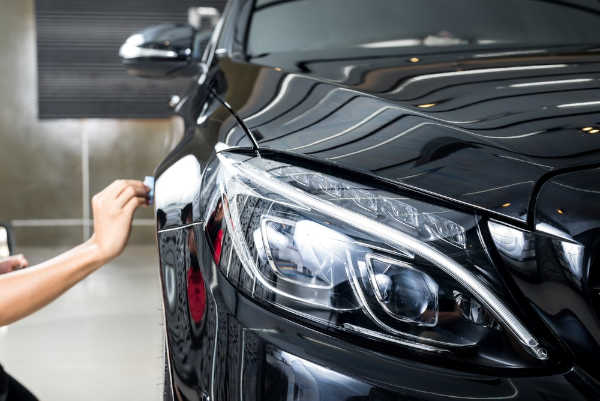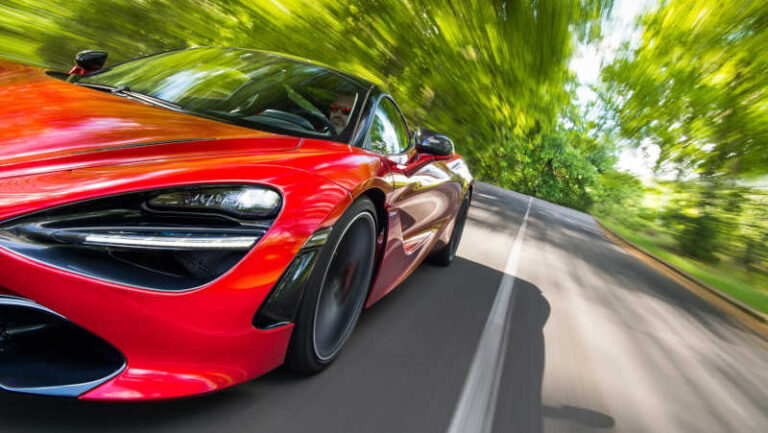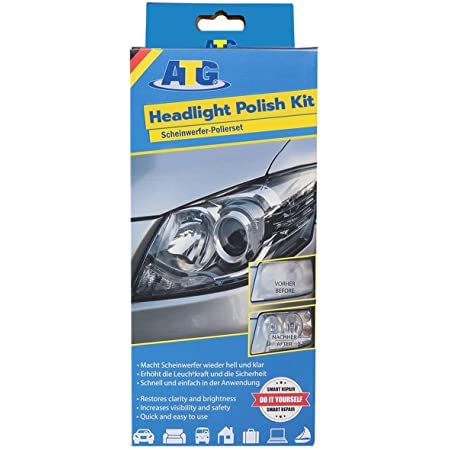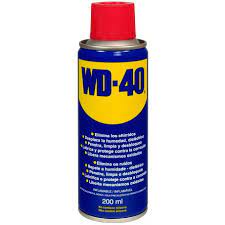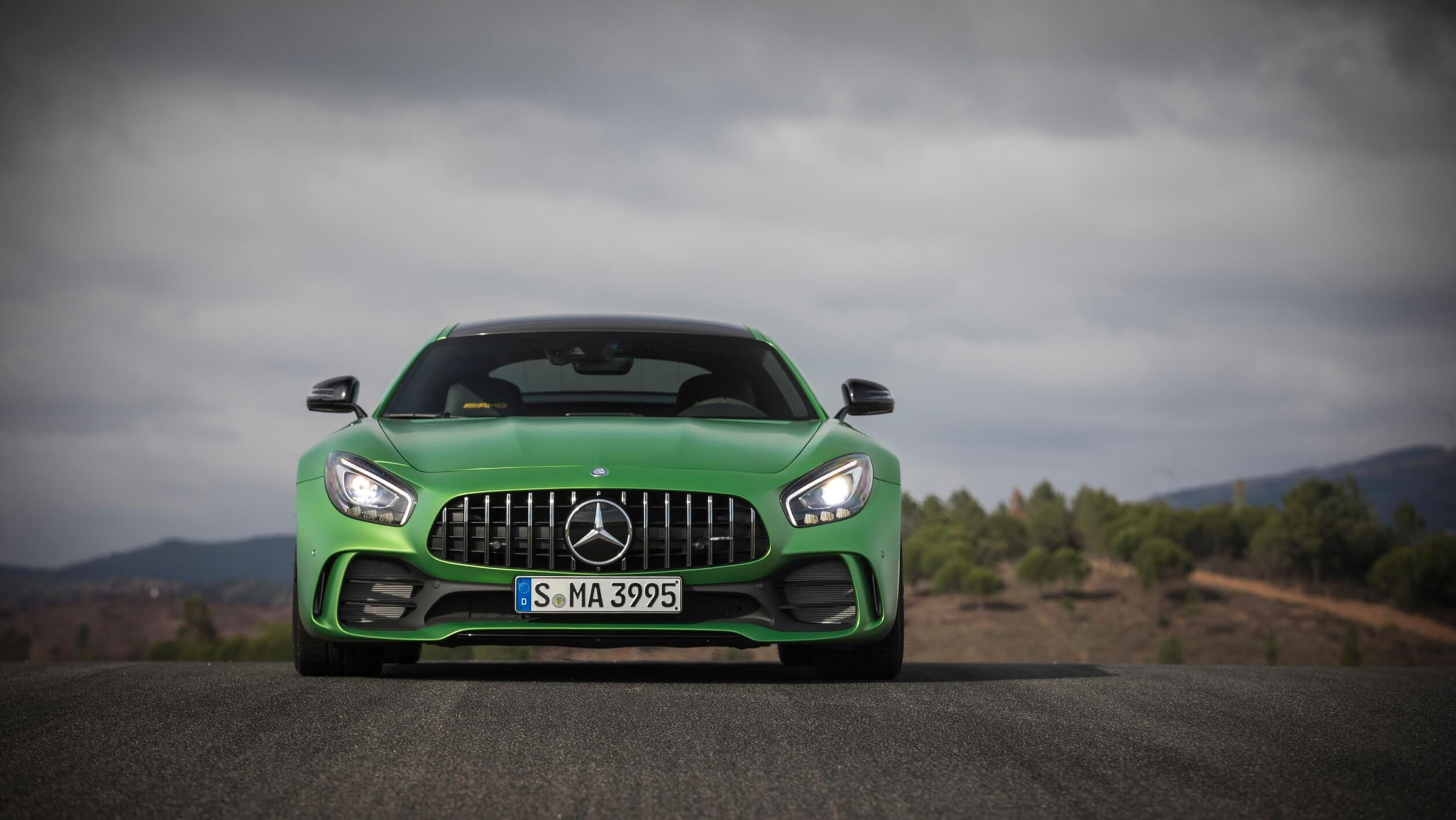Best ways to protect a headlight after polishing
Table of Contents
Understanding the Importance of UV Protection for Headlights
When it comes to maintaining the longevity and clarity of your vehicle’s headlights, protecting them from harmful UV rays is paramount. Various methods exist to shield headlights from UV damage, including headlight protection films, waxes, clear coats, ceramic coatings, and UV sealants and coatings. We will delve deeper into why UV protection is crucial for preserving the appearance and functionality of your headlights. This chapter delves into why UV protection is crucial for headlights, the effects of UV exposure, and the role of UV protection films in safeguarding this essential automotive component.
Why UV Protection Matters for Headlights
UV rays, emitted by the sun, are not only harmful to human skin but also to automotive surfaces, including headlights. These rays can cause oxidation, discoloration, and degradation of the materials used in headlights, such as polycarbonate and acrylic. As a result, untreated headlights may become cloudy, yellowed, or even develop cracks, compromising their functionality and aesthetics.
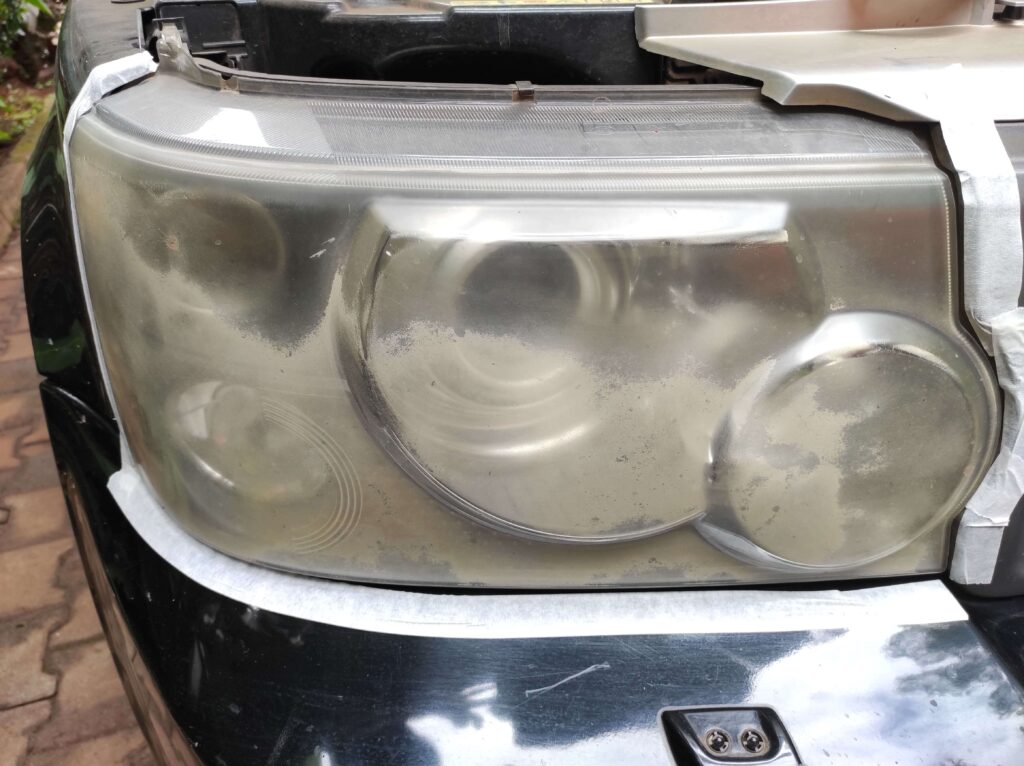
Effects of UV Exposure on Headlights
The detrimental effects of UV exposure on headlights are manifold. Firstly, UV rays can break down the molecular structure of the plastic lens, leading to a hazy or cloudy appearance that reduces light output and visibility on the road. Moreover, UV-induced oxidation can cause the protective coating on headlights to deteriorate, making them more susceptible to scratches and pitting.
Importance of UV Protection Films
UV protection films serve as a barrier between headlights and harmful UV radiation, mitigating the adverse effects of prolonged exposure. These films are typically transparent and adhere directly to the surface of the headlight, providing an additional layer of defense against UV rays without compromising clarity or light transmission. By investing in UV protection films, motorists can prolong the lifespan of their headlights, maintain optimal visibility, and preserve the resale value of their vehicles.
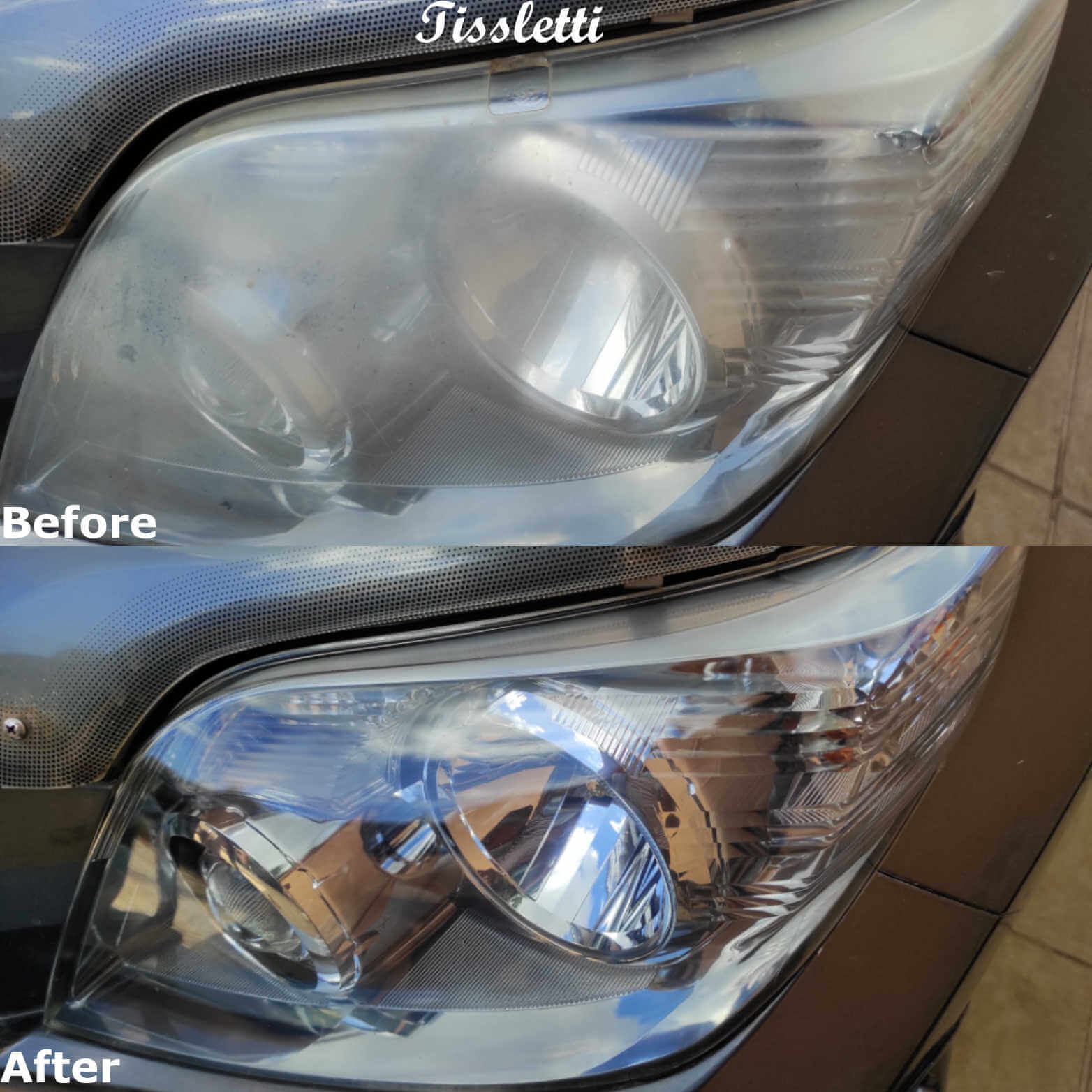
Factors to Consider When Choosing UV Protection for Headlights
When it comes to safeguarding your headlights against the damaging effects of UV radiation, selecting the right UV protection solution is paramount. However, with a myriad of options available in the market, it’s essential to consider several factors to ensure optimal protection and longevity for your headlights.
Durability and Longevity
One of the primary considerations when choosing UV protection for headlights is the durability and longevity of the product. Opt for solutions that offer long-lasting protection against UV radiation, ensuring that your headlights remain clear and free from discoloration for an extended period. Look for products with UV-resistant properties that can withstand harsh environmental conditions, such as sunlight, rain, and pollution, without deteriorating over time.
Clarity and Transparency
Maintaining the clarity and transparency of your headlights is crucial for optimal visibility on the road. When selecting UV protection films or coatings, prioritize products that are optically clear and do not compromise the light output or aesthetics of your headlights. Avoid solutions that cause distortion or yellowing, as these can impair visibility and diminish the overall appearance of your vehicle.
Ease of Application
Another important factor to consider is the ease of application of the UV protection solution. Choose products that are user-friendly and can be applied without the need for specialized tools or professional assistance. Look for solutions that come with clear instructions and require minimal preparation and downtime, allowing you to protect your headlights quickly and hassle-free.
Compatibility with Headlight Materials
Different vehicles may have headlights made from various materials, such as polycarbonate, acrylic, or glass. Ensure that the UV protection solution you choose is compatible with the material of your headlights to avoid any adverse reactions or damage. Consult with the manufacturer or a trusted automotive expert to determine the suitability of the product for your specific headlight material.
UV Blocking Capacity
Ultimately, the effectiveness of UV protection for headlights hinges on its UV-blocking capacity. Look for products that offer high levels of UV protection, effectively blocking out harmful UV rays and preventing them from penetrating the surface of your headlights. Consider UV protection films or coatings with UV inhibitors or absorbers that provide superior defense against UV radiation, ensuring the longevity and performance of your headlights.
Types of UV Protection for Headlights
When it comes to safeguarding your headlights from the damaging effects of UV radiation, various types of UV protection solutions are available in the market. Each type offers unique benefits and characteristics, catering to different preferences and requirements. Let’s explore some of the most common types of UV protection for headlights:
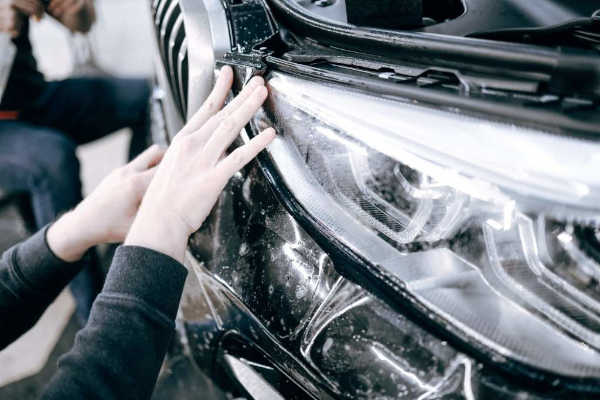
Headlight Protection Films (PPF)
Headlight protection films, commonly referred to as PPF (Paint Protection Film), are transparent thermoplastic urethane films applied to the surface of headlights. These films act as a barrier against UV radiation, preventing damage such as discoloration, fading, and degradation caused by prolonged sun exposure. PPF is known for its durability and resistance to abrasions, ensuring long-lasting protection for your headlights without compromising clarity or visibility.
UV Sealants and Coatings
UV sealants and coatings are liquid-based solutions specifically formulated to provide UV protection for headlights. These sealants and coatings create a clear, protective layer that bonds to the headlight surface, effectively blocking harmful UV rays. UV sealants and coatings are easy to apply and offer versatility, making them suitable for various headlight materials. They often contain additional ingredients, such as ceramic nanoparticles or polymers, enhancing durability and gloss for a sleek finish.
Waxes
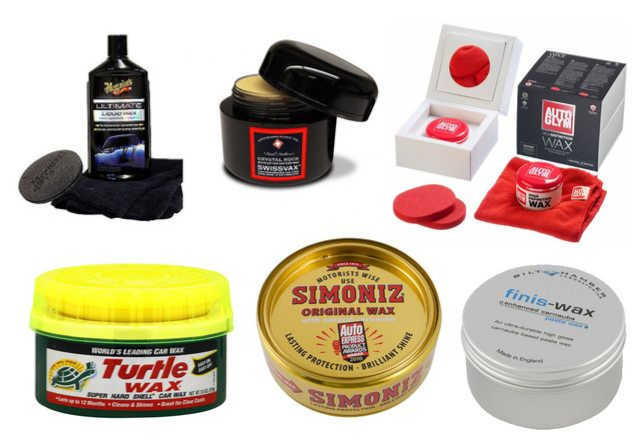
Waxes, although primarily used for enhancing the shine of vehicle paint, can also offer some degree of UV protection for headlights. While waxes provide a temporary layer of protection against UV radiation, they may not be as effective or long-lasting as dedicated UV protection solutions such as PPF or sealants. However, regular waxing can help maintain the appearance of headlights and prolong the need for more intensive UV protection treatments.
Ceramic Coats
Ceramic coatings are advanced protective solutions that offer superior durability and UV resistance for headlights. These coatings create a nano-ceramic layer on the headlight surface, providing long-lasting protection against UV radiation, oxidation, and environmental contaminants. Ceramic coatings offer enhanced clarity, gloss, and hydrophobic properties, keeping headlights looking pristine and ensuring optimal visibility on the road.
Clearcoat
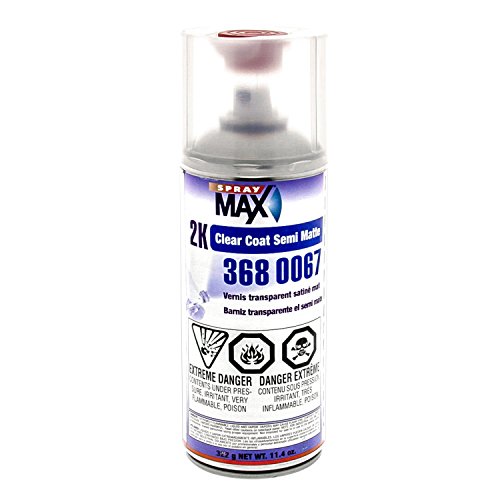
Clearcoat, also known as clear paint or topcoat, is a transparent protective layer applied to the surface of headlights to enhance durability and UV resistance. While clearcoat primarily serves to protect the underlying paint, it can also offer some level of UV protection for headlights. However, clearcoat may require periodic reapplication to maintain its effectiveness, especially in harsh environmental conditions.
By understanding the different types of UV protection solutions available for headlights, you can make an informed decision based on your specific needs and preferences.
Preparing the Headlight Surface
Before applying any UV protection product, it’s crucial to prepare the headlight surface adequately. Start by thoroughly cleaning the headlights to remove any dirt, debris, or contaminants that may interfere with the adhesion of the UV protection solution. Use a mild automotive detergent and water to wash the headlights, and then dry them completely with a clean microfiber towel.
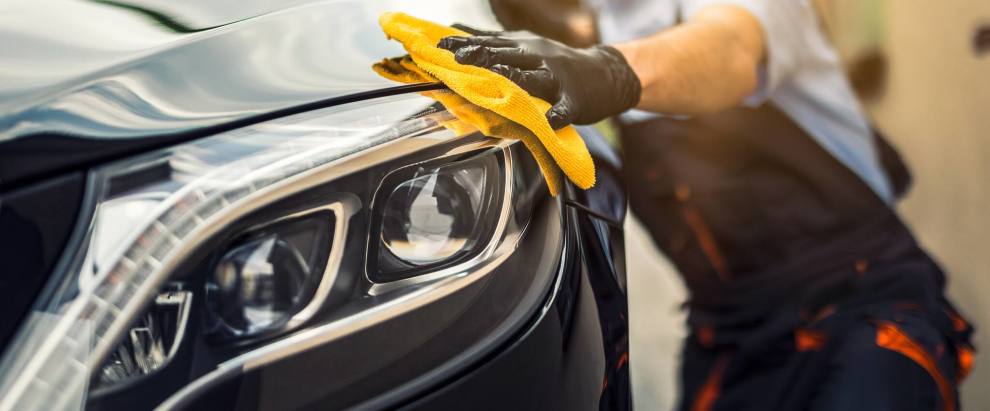
After cleaning, inspect the headlights for any signs of damage, such as scratches, chips, or cracks. It’s essential to address any issues promptly before proceeding with the application of UV protection to ensure optimal results. Inspecting the headlights closely will help identify any imperfections that could compromise the effectiveness of the UV protection layer. By addressing these issues beforehand, you can ensure a smooth and durable application of UV protection, enhancing the longevity of your headlights’ clarity and protection against UV damage.
Application Techniques for Different Products
When it comes to applying UV protection for headlights, employing the correct techniques is crucial for ensuring optimal results and long-lasting protection. Various products, including waxes, clearcoats, headlight protection films (PPF), ceramic coats, and UV sealants and coatings, require specific application methods tailored to their unique properties.
Waxes
Waxes are a popular choice for providing a protective barrier against UV radiation and environmental contaminants. To apply wax to your headlights, follow these steps:
- Begin by thoroughly cleaning the headlight surface to remove any dirt, debris, or previous coatings.
- Apply a small amount of wax to a clean microfiber applicator pad.
- Using circular motions, spread the wax evenly across the entire headlight surface.
- Allow the wax to dry to a haze, then buff it off with a clean microfiber cloth to reveal a glossy finish.
Clearcoat
Clearcoat is another effective option for protecting headlights from UV damage and maintaining clarity. Here’s how to apply clearcoat to your headlights:
- Start by cleaning the headlight surface and ensuring it is completely dry.
- Apply the clearcoat evenly using a spray gun or aerosol can, following the manufacturer’s instructions for the recommended number of coats and drying times.
- Allow the clearcoat to cure fully before exposing the headlights to moisture or harsh weather conditions.
Headlight Protection Films (PPF)
Headlight protection films, also known as PPF, offer a durable and invisible layer of protection against UV radiation, rock chips, and scratches. To apply PPF to your headlights:
- Clean the headlight surface thoroughly to remove any dirt, oil, or residue.
- Carefully measure and cut the PPF to fit the contours of your headlights.
- Wet the headlight surface with a mild solution of water and soap.
- Apply the PPF to the wet surface, then use a squeegee to remove any air bubbles and ensure proper adhesion.
- Allow the PPF to dry completely before exposing the headlights to any moisture.
Ceramic Coats
Ceramic coatings provide a durable and long-lasting protective layer that bonds chemically with the headlight surface. To apply ceramic coating to your headlights:
- Clean the headlight surface thoroughly to remove any contaminants.
- Apply a small amount of ceramic coating to an applicator pad.
- Spread the coating evenly across the headlight surface, working in small sections.
- Allow the coating to cure for the recommended time before exposing the headlights to water or other elements.
UV Sealants and Coatings
UV sealants and coatings offer a convenient solution for protecting headlights from UV damage and environmental hazards. To apply UV sealants and coatings:
- Clean the headlight surface to remove any dirt, grime, or previous coatings.
- Apply the sealant or coating using a clean microfiber applicator pad or cloth.
- Spread the product evenly across the headlight surface, ensuring complete coverage.
- Allow the sealant or coating to cure fully before exposing the headlights to moisture or contaminants.
By employing the appropriate application techniques for different UV protection products, you can ensure that your headlights receive the necessary protection to maintain clarity, brightness, and longevity.
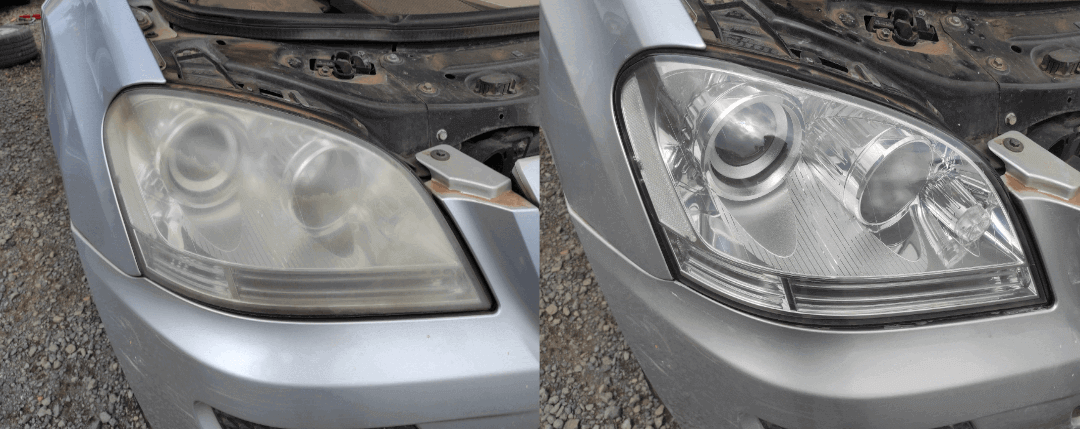
Tips for Achieving Long-lasting Protection
Ensuring the longevity of UV protection for your headlights is essential to maintain their clarity and performance over time. Implementing certain tips and best practices can help maximize the effectiveness of UV protection products and prolong their lifespan.
Proper Maintenance
Regular maintenance of your headlights is key to preserving the integrity of UV protection coatings and films. Here are some maintenance tips to follow:
- Clean your headlights regularly using a mild automotive detergent and soft microfiber cloth to remove dirt, grime, and debris.
- Avoid using harsh chemicals or abrasive materials that could damage the protective layer of UV coating or film.
- Inspect your headlights periodically for signs of wear, such as peeling or discoloration, and address any issues promptly to prevent further damage.
Parking Considerations
Where you park your vehicle can also impact the longevity of UV protection for your headlights. Follow these parking tips to minimize UV exposure and prolong the life of your headlights:
- Whenever possible, park your vehicle in a shaded area or garage to shield the headlights from direct sunlight and UV radiation.
- Use car covers or UV-resistant sunshades to protect your vehicle’s exterior, including the headlights, when parking outdoors for extended periods.
Periodic Reapplication
Over time, UV protection coatings and films may degrade due to exposure to environmental factors and wear. To maintain optimal protection for your headlights, consider periodic reapplication of UV protection products:
- Follow the manufacturer’s recommendations for reapplication intervals, as they may vary depending on the specific product and environmental conditions.
- Monitor the condition of your headlights regularly and reapply UV protection products as needed to ensure continued clarity and UV resistance.
By following these tips for achieving long-lasting protection, you can extend the lifespan of UV protection coatings and films for your headlights, ensuring optimal performance and visibility on the road.
FAQs About UV Protection for Headlights
As you embark on understanding UV protection for your headlights, it’s natural to have questions. Below, we address some frequently asked questions to provide clarity and guidance.
Understanding these FAQs can help you make informed decisions about UV protection for your headlights, ensuring they remain clear, bright, and reliable for years .
Conclusion
Recap of the Importance of UV Protection
In conclusion, the significance of UV protection for headlights cannot be overstated. UV radiation poses a significant threat to the longevity and performance of headlights, leading to discoloration, degradation, and reduced visibility over time. By implementing effective UV protection measures, such as protective films, sealants, or coatings, drivers can safeguard their headlights against the harmful effects of UV exposure, ensuring optimal performance and aesthetics.
Final Thoughts and Recommendations
As we conclude this guide, it’s essential to emphasize the importance of proactive maintenance and care for headlights. Regularly inspecting, cleaning, and protecting headlights from UV radiation and environmental damage can prolong their lifespan, maintain optimal performance, and enhance overall driving safety. Additionally, when selecting UV protection products for headlights, consider factors such as durability, clarity, compatibility, and UV blocking capacity to ensure effective and long-lasting protection.
Furthermore, for drivers seeking professional assistance with headlight maintenance and UV protection application, consulting with experienced automotive technicians or detailing professionals can provide valuable insights and services tailored to specific needs and preferences.
In summary, by prioritizing UV protection for headlights and adopting best practices for maintenance and care, drivers can enjoy enhanced visibility, safety, and aesthetics on the road, ensuring a more enjoyable and stress-free driving experience for years to come. Learn more about headlight restoration here.
